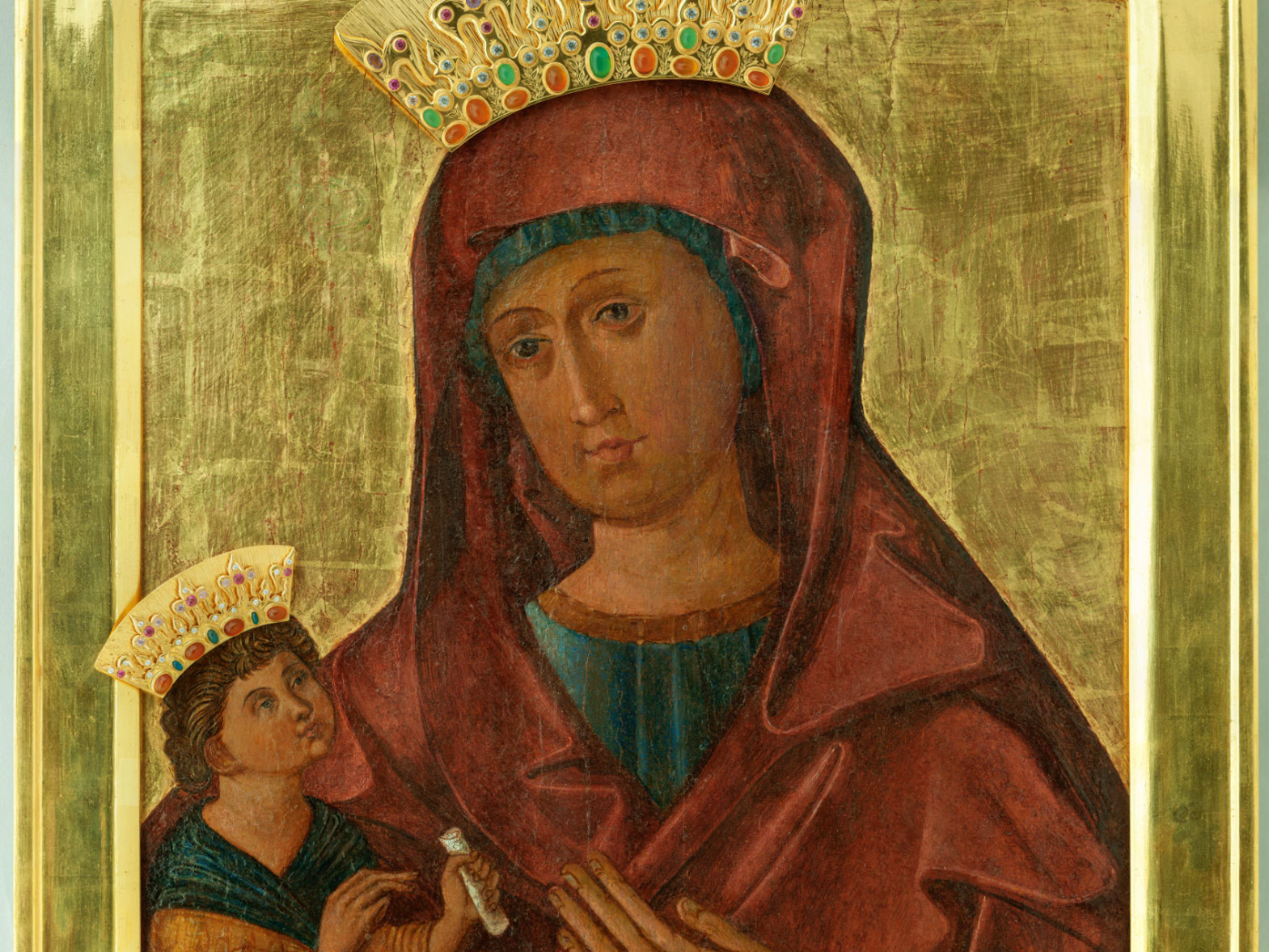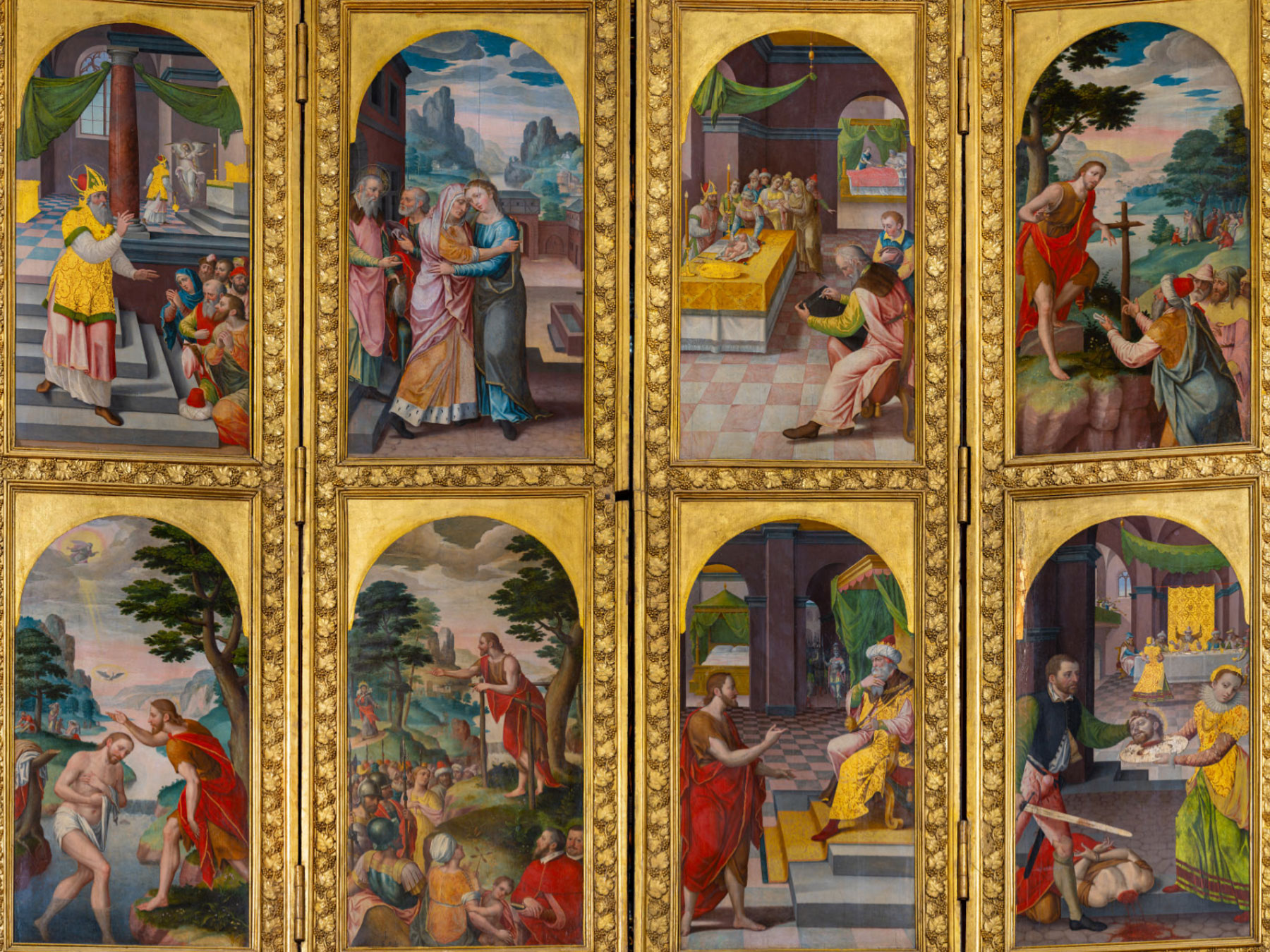Our Lady of Victory
In the sanctuary of Our Lady of Victory, in the Church of the Blessed Virgin Mary on the Sand in Wroclaw, there is a grace-famous image of Mary associated with the territory of present Ukraine, with the city of Mariampol. The image, also called Our Lady of Hetman or Victory, is located in the side altar of the temple. The origin of the image is not fully established. Historians date it around the 16th century and perhaps from the circle of Raphael painting.
The history of the painting, on the other hand, dates back to the 17th century and is connected with the figure of Prince Stanislaw Jan Jablonowski, castellan of Krakow, Hetman of the Great Crown and a fellow companion of King John III Sobieski in the Vienna expedition.
Hetman Jablonowski inherited the painting from his ancestor, Jakub Potocki, and carried it with him on all war expeditions (hence the title “Hetmanska”). This pious knight, out of gratitude for saving his life, founded the town of Mariampol in Podolia, where he built a castle in whose chapel he placed the miraculous image. The image quickly gained fame, thanks to the numerous graces experienced by the faithful. As early as 1737, the image was called miraculous. After World War II, it was transported by the last parish priest of Marijampole, Fr. Mikolaj Witkowski, to Glubczyce, and from there it went to Wroclaw in 1951. On September 2, 1965, Wroclaw Metropolitan Cardinal Boleslaw Kominek enthroned the image, and on September 10, 1989 the ceremonial coronation of the image with papal crowns took place.
Gigapixels
)
)
)
)
)
)
)
)
)